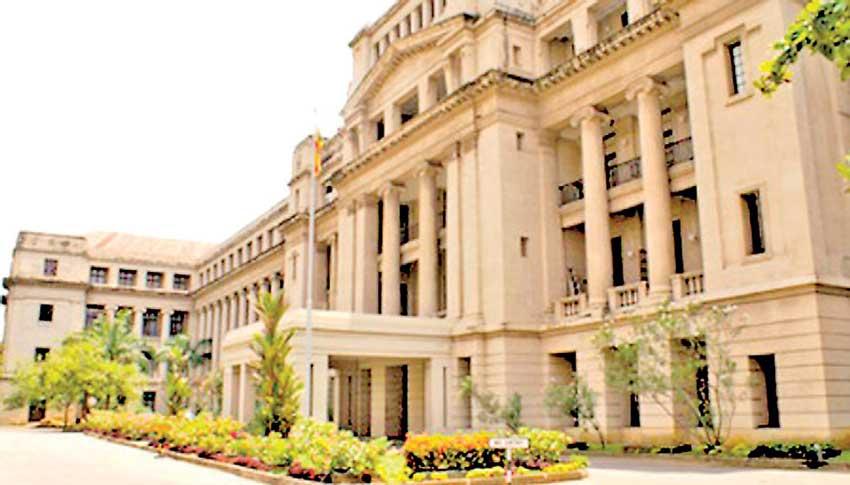Reply To:
Name - Reply Comment

After two years of massive budget deficits, Sri Lanka is on its way to record another blowout budget deficit in the current year, with the deficit estimated for 2022 at 10.2 percent of gross domestic product (GDP), the estimates by the Central Bank showed.
Sri Lanka ran three years of unsustainably high budget deficits from 2019 through 2021, with the deficit reaching a high of 12.2 percent of GDP. as expenditure went over budget, predominantly due to the virus-related spending and sweeping tax cuts in late 2019.
Meanwhile, the Central Bank estimated the government debt at 108.2 percent by the year end, from 104.6 percent of GDP, last year, as the government will have to rely on more and higher foreign currency borrowings to keep the economy above the water, while debt standstill is in place for some time.
Under the last International Monetary Fund (IMF) programme, which ran from 2016 through 2019, Sri Lanka had a medium-term revenue-based fiscal consolidation programme to bring down the deficit to 3.5 percent in the budget.
Despite some progress made in its first two years, it never came to fruition, first by the economic downturn caused by the Easter Sunday attacks and then by the tax cuts in 2019, the effects of which were deepened by the myopically imposed lockdowns.
The ultra-lose monetary policy, characterised by extraordinary stimulus that followed, delivered a further blow to Sri Lanka’s fragile economy and its dwindling foreign reserve position, largely caused by lower tourism and remittance incomes.
As of now, Sri Lanka’s usable foreign reserves stand below US $ 50 million, not enough to cover a day’s worth of imports. At the same time, inflation has sky rocketed with food inflation running closer to 50 percent.
While the forthcoming IMF programme would impose severe restrictions on spending and raise the taxes to higher levels, these austerity measures could worsen the hardships in the short term for the people, causing further agitation.
Sri Lankans are paying the price for consuming more than they produce and spending more than they earned for decades, as they conveniently bypassed the need to engage in industries and building skills, which can add value to products for global markets, which then can be used to earn dollars.
Sri Lankans’ lust for consuming imported goods and services ended when the country was cut off from the global lenders since 2020, reflecting that they had continuously imported through borrowed money from abroad.
Sri Lanka recorded a massive trade deficit of US $ 8.1 billion in 2021, as its imports were US $ 20.6 billion while the exports were US $ 12.5 billion.